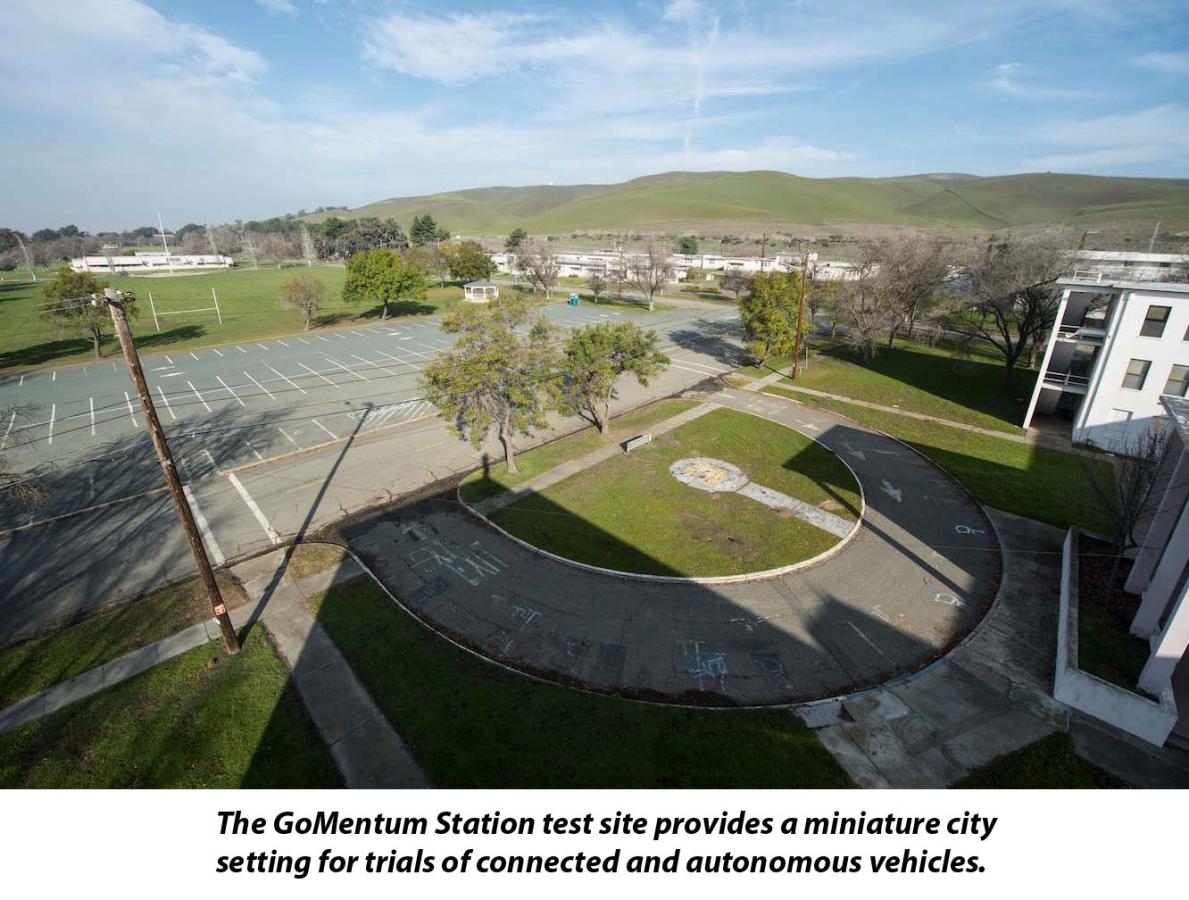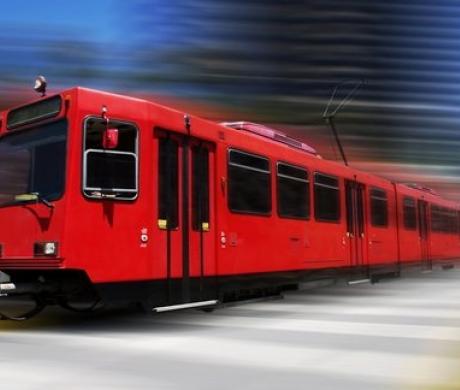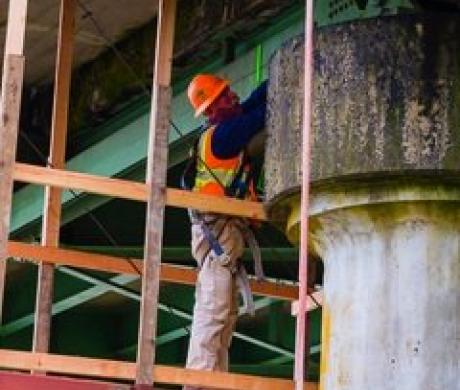Cars of the Future: Connected and Autonomous
This month Western City focuses on technology and covers topics ranging from the League’s new advocacy smartphone app to anaerobic digestion, cybersecurity and more.
Two new technologies in the transportation field — connected and autonomous vehicles — hold great promise for our cities and communities. I recently attended a conference hosted by the California Association of Councils of Governments (CalCOG), where Randy Iwasaki, executive director of the Contra Costa Transportation Authority, gave a fascinating presentation about this subject. This column draws extensively on the information he shared.
The distinction between connected vehicles and autonomous vehicles is an interesting one. Connected vehicles communicate wirelessly with other vehicles and devices nearby, using a dedicated short-range communication (DSRC) frequency designated by the U.S. Department of Transportation for this purpose. (An effort is underway to save the 5.9 ghz DSRC spectrum, which has been dedicated to safety and transportation applications, from being opened up by lawmakers for commercial use.) Autonomous vehicles are self-driving and automated. A vehicle may be either connected or autonomous — or both.
You may have heard about Google’s work in developing an autonomous vehicle, as it has received widespread attention. However, Google is not the only company engaged in this effort. A number of automobile manufacturers, including Honda, Tesla and Mercedes, are planning tests of both autonomous and connected vehicle prototypes (see “Innovative Site Offers Secure Testing” below).
Reducing Accidents, Greenhouse Gas Emissions and More
This news is exciting for several reasons. First, connected cars will be able to share information that will help reduce collisions and injuries. For example, suppose you are in an intersection waiting to make a left turn in oncoming traffic. In this scenario, let’s assume all of the cars are connected vehicles. Your car would communicate with the approaching car, calculate the time you need to make your turn and tell the other car to slow down so that you can make the turn safely. Connected cars essentially refuse to crash — they exchange information about speed and braking, among other things, to achieve this. Experts predict that this technology will eliminate about 80 percent of the causes of traffic accidents.
Such accidents cause congestion, where large numbers of vehicles are idling. Fewer accidents mean less congestion, reduced greenhouse gas emissions and improved air quality — as well as lives saved and injuries prevented.
Futurists tell us that the most prevalent mobile devices of the future will be your smartphone, your computer and your vehicle. It’s likely that a future generation of smartphones will include an autonomous transportation system overlay. Imagine you are going out to dinner. You drive to the restaurant, and then you press a button on your dashboard and say, “Park.” Your autonomous, connected car waits for you and your passengers to disembark, and then it searches the transportation system overlay for nearby available parking, finds a vacant spot and parks itself. When dinner is over and you’re ready to go home, your smartphone signals the car to come get you.
This scenario also has land-use implications. Parking structures and lots will be able to accommodate more vehicles, because autonomous vehicles will park themselves. The vehicle’s doors won’t need to open in the parking space, which will require less room as a result.
And with regard to infrastructure, these vehicles will make intersections more efficient.
If you’re in your car waiting at a red light and nobody else is in the intersection, your car will “speak” to the traffic signals and vice versa, and the light will change for you. Again, this means fewer greenhouse gas emissions from reduced idling time.
Imagine the day when you don’t have to take the car keys away from your elderly parents when their vision deteriorates and their reflexes slow, because the car will operate and navigate for them. Driving is an erodible skill, but connected, autonomous vehicles will serve to transport those who today would have to forego driving.
On another note, autonomous vehicles have the potential to solve a number of transit challenges facing cities today. For example, people will be able to call for a ride and will be asked whether they will accept advertising while riding to their destination; if the answer is yes, the rider will see commercials on a screen during the trip, and the advertisers will subsidize the cost of the ride. An “on demand” ride system would be more efficient and far more convenient for the rider than today’s paratransit model, and it would also help people with disabilities or limited mobility maintain their independence.
The Tipping Point Approaches
How far in the future are these scenarios? According to Paul Godsmark, chief technology officer at the Canadian Automated Vehicles Centre of Excellence, the tipping point is not that distant. He predicts that by 2026, the number of autonomous vehicles on the road will outnumber non-autonomous vehicles.
Just as the Internet and smartphones changed the world, the advent of connected and autonomous vehicles will have a profound impact on our lives and our cities. The next time you’re stuck in traffic, remind yourself that this is only temporary. Someday, your driving experience will be part of a new and transformed world.
Innovative Site Offers Secure Testing
The decommissioned Concord Naval Weapons Station in the east San Francisco Bay Area is being repurposed to test connected and autonomous vehicle technologies. This effort is the result of a partnership between the Contra Costa Transportation Authority (CCTA) and the City of Concord. The secure test site, which CCTA is calling “GoMentum Station,” encompasses 20 miles of road on more than 5,000 acres with extensive infrastructure including bridges, tunnels, buildings, railroad crossings and underpasses. These features will allow manufacturers to test vehicles and associated technology.
Additional Resources
Contra Costa Transportation Authority
Secure Testing Site
Photo credits: Courtesy of the Contra Costa Transportation Authority
This article appears in the June 2015 issue of Western City
Did you like what you read here? Subscribe to Western City





